Universal Steps: Marginal Gains Across Dance Styles and Schools
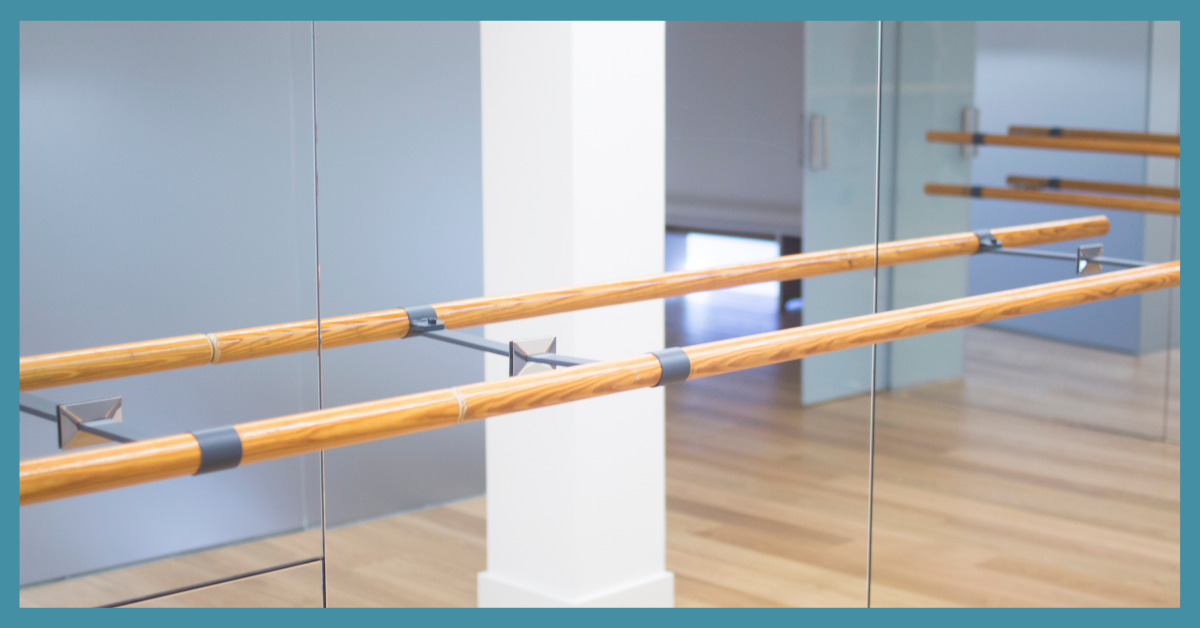
Exploring the Power of Marginal Gains in Dance
The idea of marginal gains, or the strategy of making small, step-by-step enhancements, has truly transformed how we pursue progress in various domains. In the realm of dance, adopting this approach across diverse styles and teaching environments can significantly boost not just the abilities of individual dancers but also the overall stature of educational settings.
Introduction to Marginal Gains in Dance
Marginal gains involve the accumulation of tiny positive changes that together can lead to remarkable improvement. This concept is particularly effective in dance education, where slight improvements in technique, the way we practice, and the quality of instruction can greatly enhance a dancer’s performance and elevate a school’s reputation.
Applying Marginal Gains Across Dance Styles
Every dance genre, from the precision of ballet to the vibrant energy of Street Dance, has its specific challenges and techniques. Yet, all can benefit from the marginal gains philosophy:
- Ballet: Pay close attention to refining minor details such as hand positioning and foot alignment—essential for executing precise movements.
- Contemporary: Look for subtle gains in the nuances of emotional expression and the smoothness of transitions between movements.
- Jazz: Make incremental improvements in the crispness of movements and the timing of complex rhythms.
- Street Dance: Concentrate on isolating body parts and clarifying street-style techniques.
- Ballroom: Enhance partner coordination and the finer details of posture and gaze.
Case Studies from Various Dance Schools
Numerous dance schools have embraced marginal gains, achieving impressive outcomes:
- School A (Ballet Focus): Introduced video feedback for each student, helping them spot and correct minor errors, significantly boosting their performances.
- School B (Contemporary Focus): Gradually increased the complexity of choreography, enabling students to manage more challenging routines by the year’s end.
- School C (Street Dance Focus): Implemented micro-sessions focused on individual movement techniques, markedly improving dance quality and student confidence.
Strategies for Implementing Marginal Gains
To successfully integrate marginal gains in a dance setting, teachers might consider these approaches:
- Detailed Feedback: Regular, specific feedback helps students focus on making small, manageable improvements.
- Regular Assessment: Frequent, brief assessments can track progress and pinpoint areas for improvement, aiding in the refinement of teaching methods and practice routines.
- Continual Learning for Teachers: Encouraging instructors to constantly enhance their teaching skills can significantly impact student outcomes.
- Focus on Fundamentals: Often, substantial improvements are found by revisiting and honing fundamental skills, such as alignment, balance, and coordination.
Conclusion
The philosophy of marginal gains highlights the strength of small, consistent enhancements in achieving extraordinary results in dance. Whether it’s in Ballet, Jazz, Contemporary, Street, or Ballroom, these incremental changes can propel dancers to reach their maximum potential, boosting both individual and school performances. By adopting this approach, dance schools not only upgrade their educational offerings but also cultivate a culture of ongoing growth and excellence.


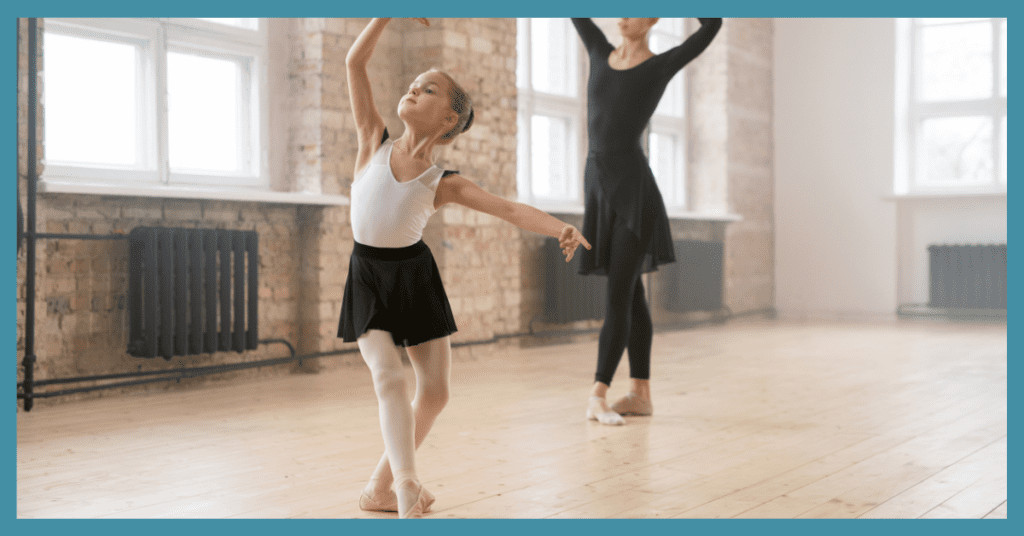
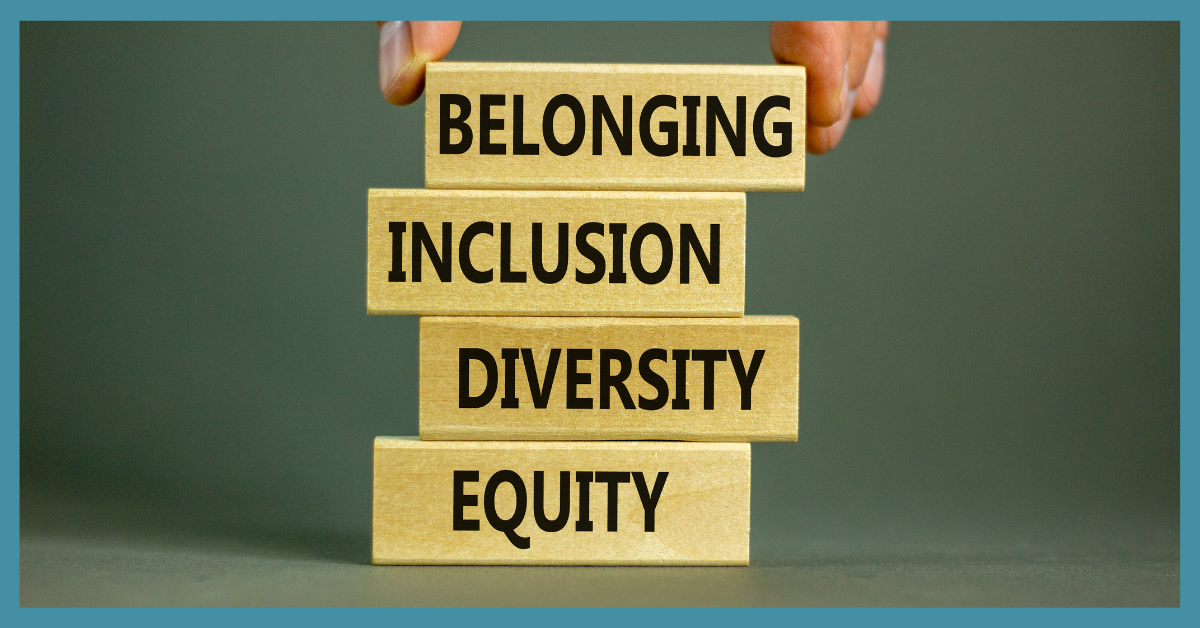
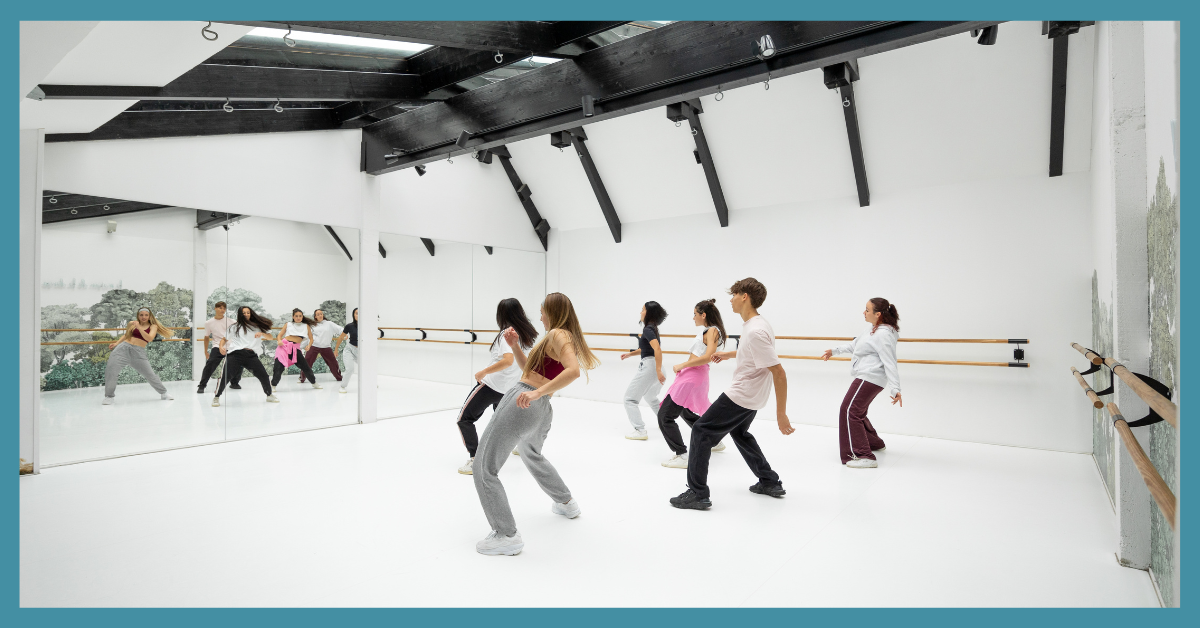
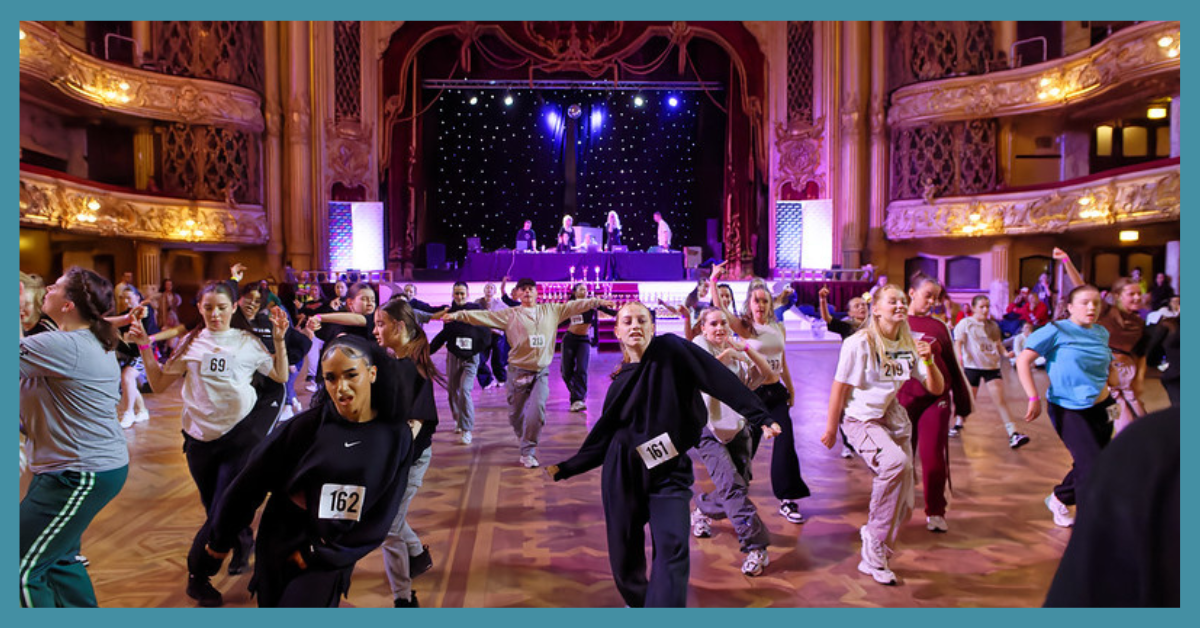
Responses